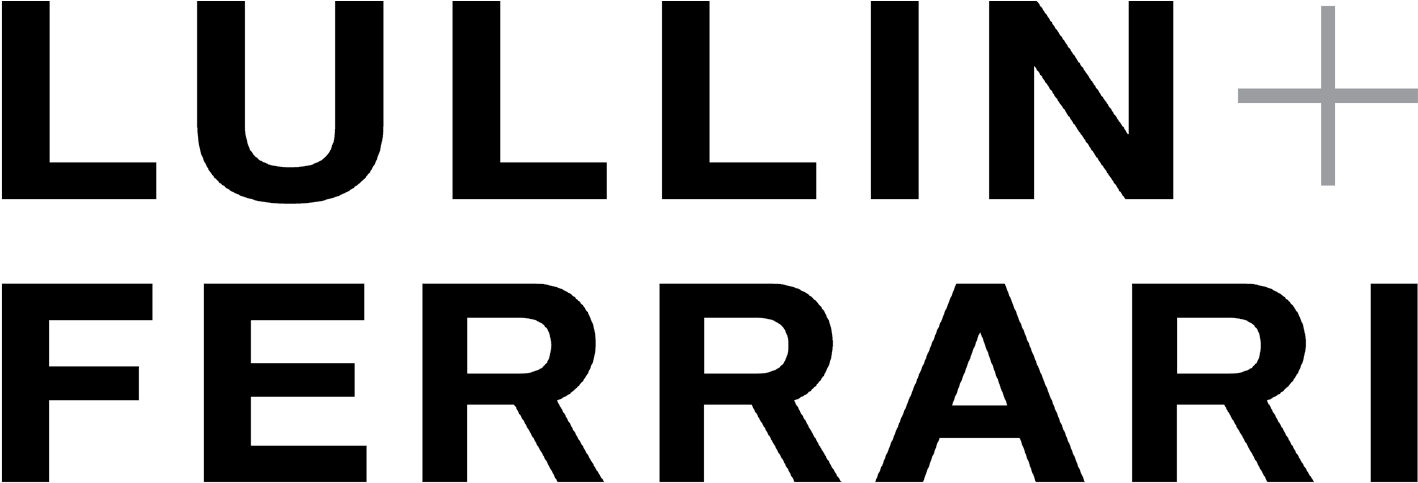
Eleni Gkinosati – New Paintings
13 September – 26 October 2024
This autumn Lullin + Ferrari gallery showcases the work of the Greek artist Eleni Gkinosati. These paintings were realised during an artist’s residency from February until the end of July at the St. Moritz Art Academy and completed on site in Zurich in the gallery during the month of August. Gkinosati’s works develop within a large-scale canvas on which she makes broad gestures. The results are at times a tumult of movement, and at others still, sometimes in concert with a reduced palette, sometimes a jumble of blocks of contrasting colour.
Untitled, 2024, oil on canvas, 217 x 352 cm
Gkinosati is known as an abstract painter, yet when she arrived in the Engadin and encountered the winter light there, she made several smaller works in which, more so than in other recent output, shapes are outlined and defined. These forms, while not easily decipherable, possess a distinct sense of volume. A centrepiece of the exhibition at Lullin + Ferrari is a three and a half metre-wide painting shown in the second gallery space encapsulating the essence of her work from spring and summer. This painting, used as the motif for the invitation card of the show, exemplifies that push and pull, in and out of object-ness that engaged her. While several undefinable but nonetheless discrete things – organs, asteroids? – float out, other gestures are wedded to the flatness of the canvas. Some highlights generate depth and others are drawn into the dynamic of the flat picture.
Untitled, 2024, oil on canvas, 185 x 194 cm
Gkinosati’s working environment outside the studio has an osmotic relationship to her painting; the outlining informed by Engadin shadows in a season of black and white is one example, while the latest works completed in Zurich feature more spraying and urban movement. A local influence infuses all her paintings, even when not manifest in identifiable marks. That being said, if the works are to be read as maps, they are of cerebral pathways. Each painting begins with loose marks, followed by an extended process of observing the canvas, punctuated by short and intense periods of further mark-making. The artist is looking for the painting that will emerge: her eyes scan the surface, her brain seeks form, her hands, guided by the brain, draw out the work. It is a non-linguistic and intuitive process that relies on her knowledge of painting and her hand’s many years of artistic muscle memory, yet it remains a deliberate and thoughtful method.
Untitled, 2024, oil on jute, 130 x 130 cm
In a sense there is never a blank canvas, because the artist and the viewer bring their experiences and visual memories to the work, even before considering art-historical references. (If there is an easy art-historical comparison to make with Gkinosati’s work, it would be with the Abstract Expressionists; while formal parallels are to be found, that movement’s dominant idea of heroic art making to break with tradition is less helpful.) Here and now, the eye, communicating with the brain so we can navigate in the world, has learned how to read and sort what it sees. We respond to colour, contrast, movement, mood and rhythm. Gkinosati’s skill lies in her ability to use both intuitive and conscious tools to generate paintings that absorb and engage the viewer’s eye, whilst rarely offering us clear narratives. Though the works are exhibited in a gallery with white walls, the paintings are informed by what the viewer brings from the world beyond. The resonances of knowledge inform these paintings: while we are moved by the graphic dynamic, the pink and red still connote fleshly exposure or fragility, drips suggest a slackening of control, sprayed marks refer to an edgier urban environment.
Untitled, 2024, oil on bed sheet, 180 x 150 cm
Untitled, 2024, oil on jute, 130 x 130 cm
Untitled, 2024, oil on canvas, 206 x 350 cm
Let’s return to the large work in the second room. Moons or rubble are held in the orbit of a galaxy, or is this a snapshot of a terrific explosion? In any case the bodies are suspended. Meanwhile in the lower centre, a plane of yellow like a patch of sunlight, and over that, a looping brushstroke – the artist’s hand was here. Further right, a white line outlines pink orifices and meanders like an out-stretched arm towards the edge of the canvas, where the action is looser, rougher and less distinct. The painting is all of these things and many more that the gaze, dancing across, can discover.
Text by Aoife Rosenmeyer
Eleni Gkinosati (*1990, Athens, Greece) lives and works in Athens. Following a classical painting training at the Athens School of Fine Arts, she completed a further Master’s degree at Kingston University of London. Her work has been shown in numerous group and solo shows, in 2024 alone with Bombon and Prats Nogueras Blanchard at L’Antiga Farinera in Corçà (Empordà, Spain), Galerie Krinzinger (Vienna), Apalazzo Gallery (Brescia) and Luis Adelantado (Valencia).



